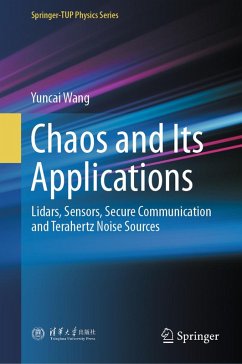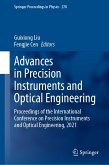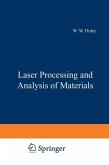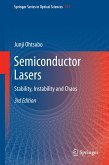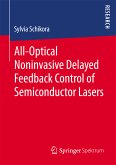- In lidar/radar detection, the book discusses chaotic lidars, chaotic through-wall life detection radars, and chaotic ground penetrating radars.
- Regarding optical fiber measurement and sensing, it provides a detailed examination of chaotic time-domain reflection measurement and chaotic distributed fiber sensing technologies.
- In the realm of secure communication, the book reviews optical chaos synchronization, chaotic secure optical communication, physical random number generators, and secure key distribution based on chaotic synchronization.
- For noise generation, it summarizes the millimeter/terahertz noise generation mechanism and noise source prototypes that utilize photo-mixing chaotic lights.
This book is a valuable resource for professionals, educators, graduate students, and advanced undergraduates involved in fields such as radar detection, laser technology, fiber optic sensing, optical communication, and testing and measurement technology and instruments.
Dieser Download kann aus rechtlichen Gründen nur mit Rechnungsadresse in A, B, BG, CY, CZ, D, DK, EW, E, FIN, F, GR, HR, H, IRL, I, LT, L, LR, M, NL, PL, P, R, S, SLO, SK ausgeliefert werden.

